Increasing Demand for Energy Efficiency
The Commercial Boiler Market is experiencing a notable shift towards energy efficiency, driven by rising energy costs and stringent regulations. Businesses are increasingly seeking solutions that not only reduce operational expenses but also comply with environmental standards. According to recent data, energy-efficient boilers can reduce energy consumption by up to 30%, which is a compelling incentive for commercial entities. This trend is further supported by government initiatives promoting energy-efficient technologies, which are likely to enhance the adoption of advanced boiler systems. As organizations strive to minimize their carbon footprint, the demand for high-efficiency commercial boilers is expected to grow, indicating a robust market trajectory.
Technological Innovations in Boiler Design
The Commercial Boiler Market is witnessing a wave of technological innovations that enhance the performance and efficiency of boiler systems. Advancements such as smart controls, IoT integration, and modular designs are transforming traditional boiler operations. These innovations not only improve energy efficiency but also facilitate remote monitoring and predictive maintenance, which can significantly reduce downtime. As businesses increasingly prioritize operational efficiency, the adoption of these advanced technologies is expected to rise. Furthermore, the integration of renewable energy sources into boiler systems is becoming more prevalent, indicating a shift towards sustainable heating solutions. This trend is likely to drive the market forward as companies seek to leverage cutting-edge technologies.
Rising Awareness of Sustainability Practices
The Commercial Boiler Market is increasingly shaped by a growing awareness of sustainability practices among businesses and consumers. Organizations are recognizing the importance of adopting environmentally friendly technologies, which has led to a heightened interest in sustainable heating solutions. This awareness is further fueled by consumer preferences for companies that demonstrate a commitment to sustainability. As a result, businesses are more inclined to invest in commercial boilers that utilize renewable energy sources or have lower emissions. Market data suggests that the demand for eco-friendly boiler systems is on the rise, as companies aim to align their operations with sustainability goals. This trend is likely to continue influencing purchasing decisions in the commercial boiler sector.
Regulatory Compliance and Environmental Standards
The Commercial Boiler Market is significantly influenced by evolving regulatory frameworks aimed at reducing emissions and promoting sustainable practices. Governments worldwide are implementing stricter regulations regarding air quality and greenhouse gas emissions, compelling businesses to upgrade their heating systems. For instance, regulations may mandate the use of low-NOx burners or other technologies that minimize harmful emissions. This regulatory landscape not only drives the demand for compliant commercial boilers but also encourages manufacturers to innovate and develop cleaner technologies. As a result, the market is likely to witness a surge in the adoption of advanced boiler systems that meet these stringent standards, thereby shaping the future of the industry.
Growth in Construction and Infrastructure Development
The Commercial Boiler Market is poised for growth, largely due to the ongoing expansion in construction and infrastructure development. As urbanization accelerates, there is a corresponding increase in the demand for heating solutions in commercial buildings, schools, hospitals, and other facilities. Recent statistics indicate that the construction sector is projected to grow at a compound annual growth rate of over 5% in the coming years. This growth translates into heightened demand for commercial boilers, as new buildings require efficient heating systems. Consequently, manufacturers are likely to focus on developing innovative boiler solutions tailored to meet the needs of modern construction projects, further propelling market expansion.


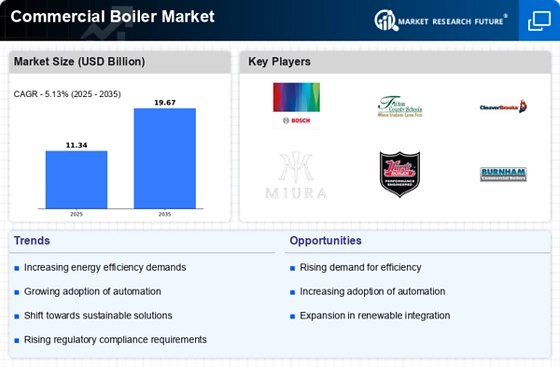
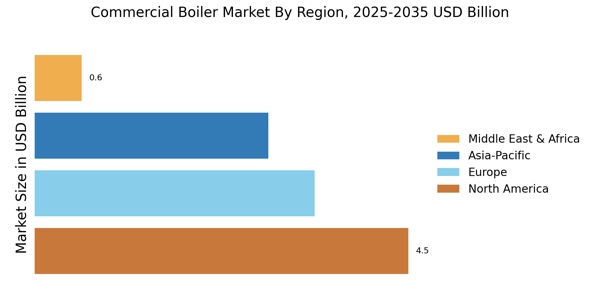

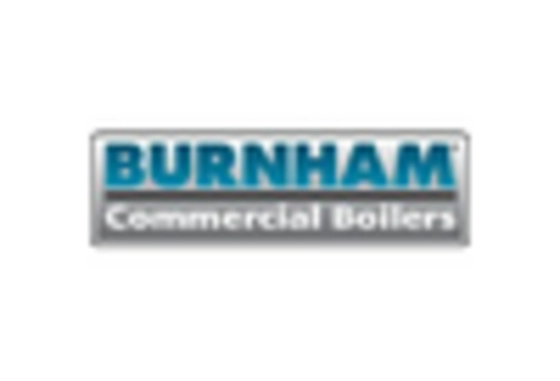
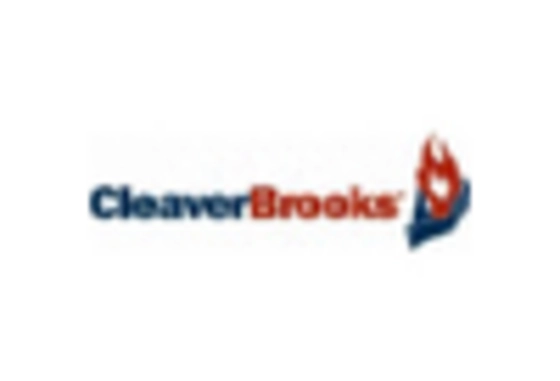
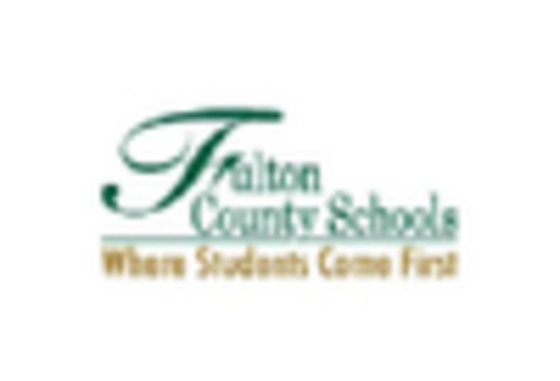
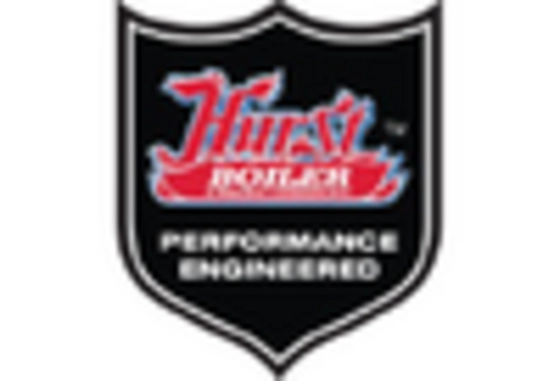
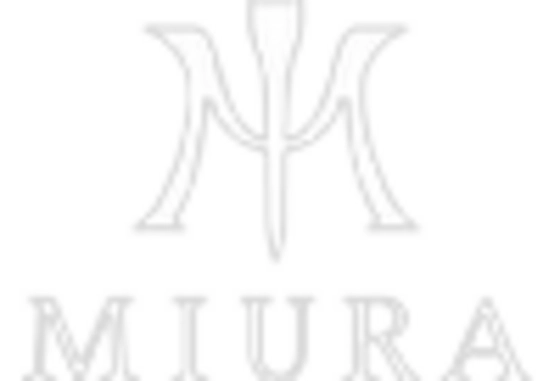








Leave a Comment